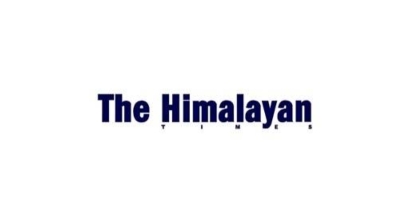IN OTHER WORDS: US schools
The national education reform effort has for long struggled to improve children’s chances of learning. Instead of homing in on teacher training and high standards, things that distinguish effective schools from poor ones, many reformers have embraced the view that the public schools are irreparably broken and that students of all kinds need to be given vouchers to attend private or religious schools at public expense.
But a growing body of work has shown that the quality of education offered to students varies widely within all school categories. The public, private, charter and religious realms all contain schools that range from good to not so good to downright horrendous.
This point was underscored when the US Education Department released a report comparing public and private schools in terms of student achievement as measured on the federal math and reading tests known as the National Assessment of Educational Progress. Both the private and public schools did equally well.
Instead of arguing about the alleged superiority of one category over another, the country should focus on the overarching problem: on average, American children are performing at mediocre levels in reading, math and science — wherever they attend school.





